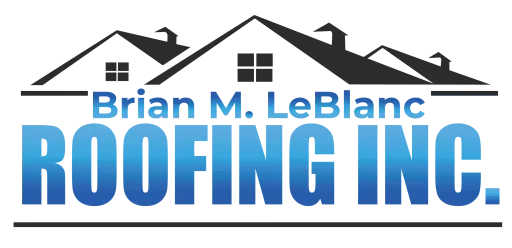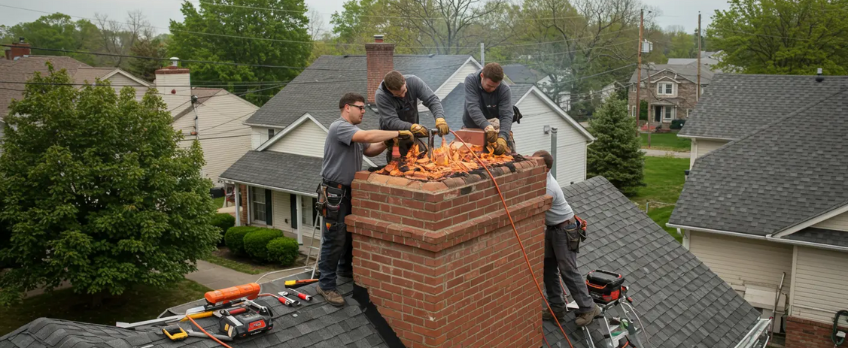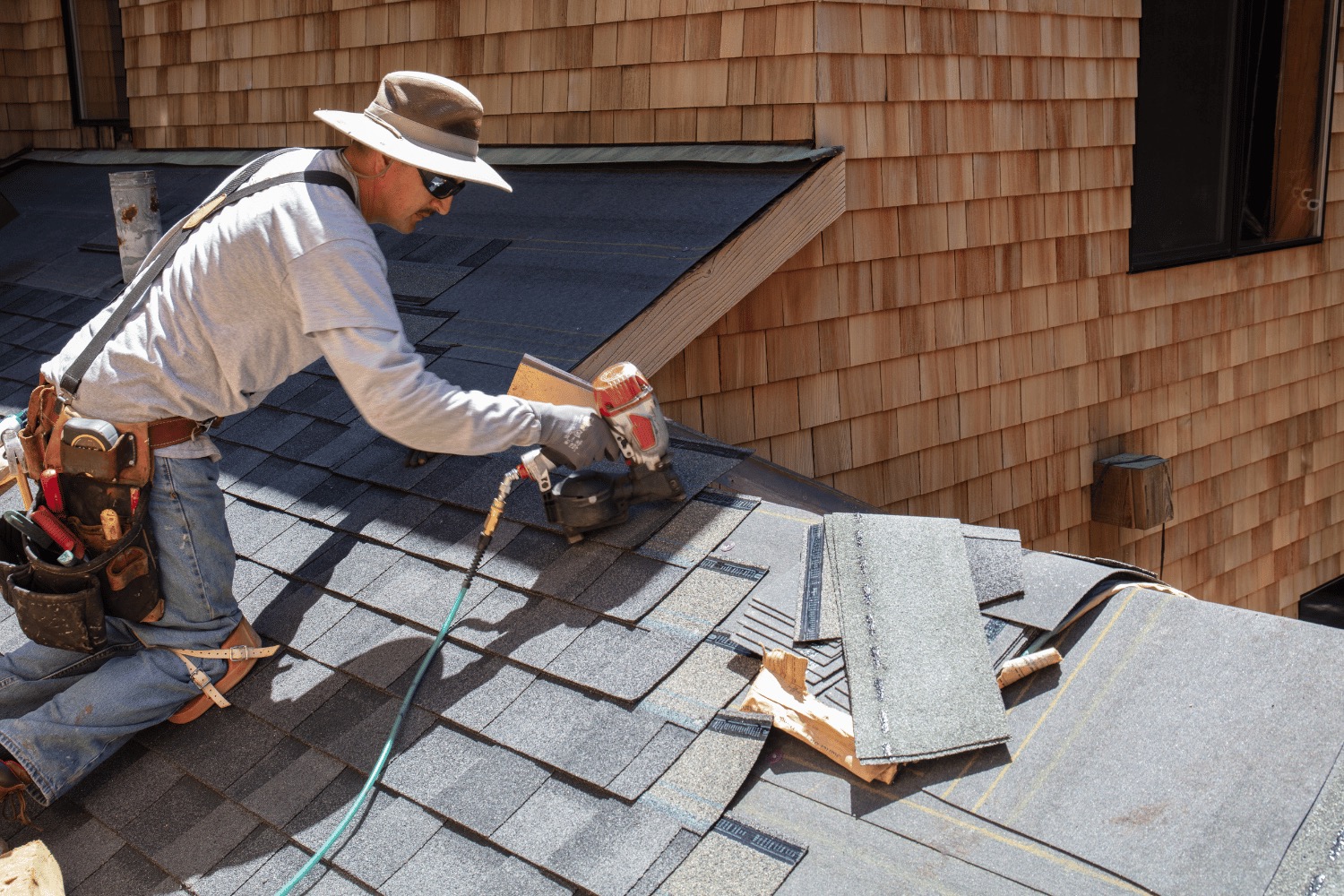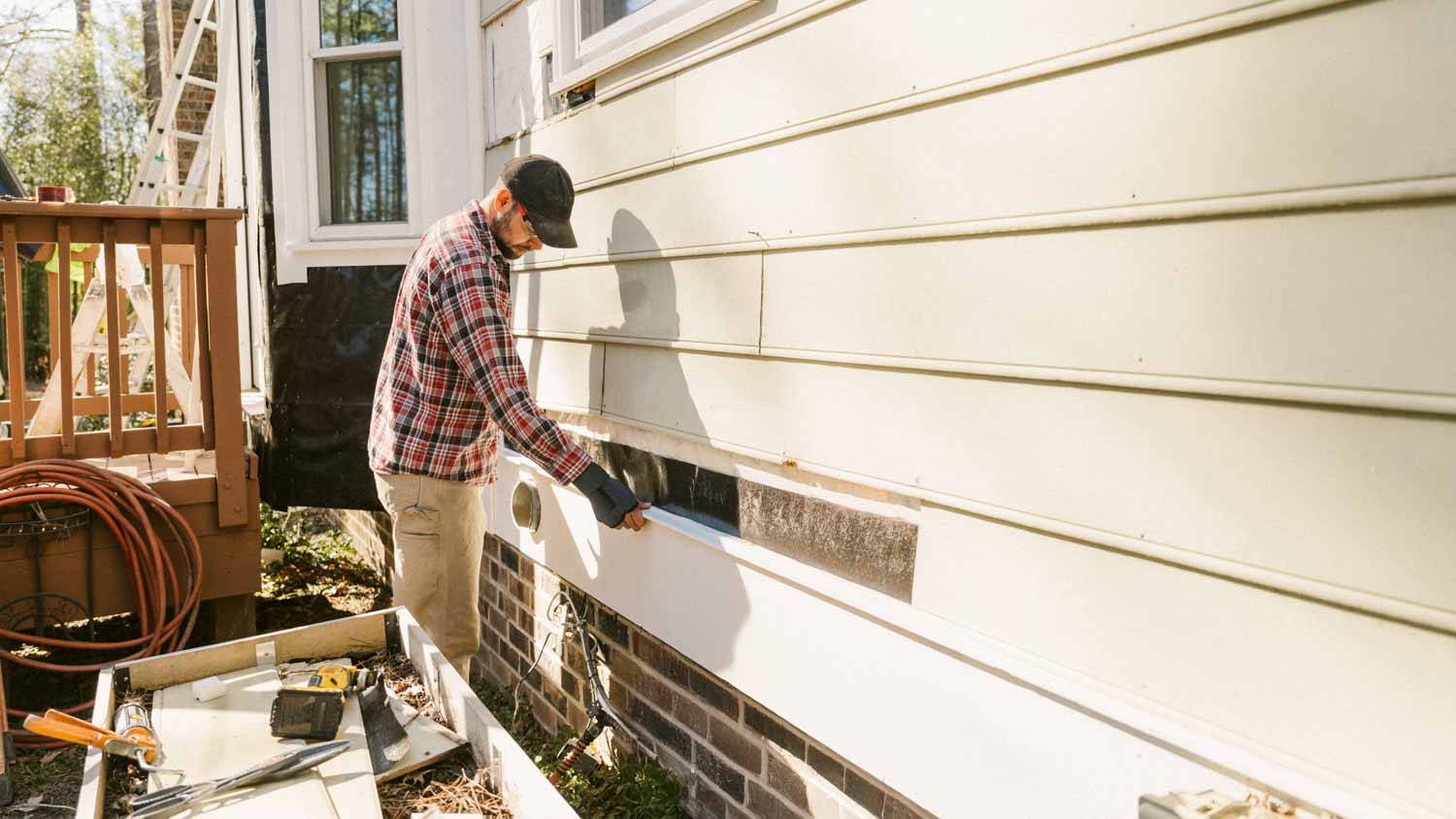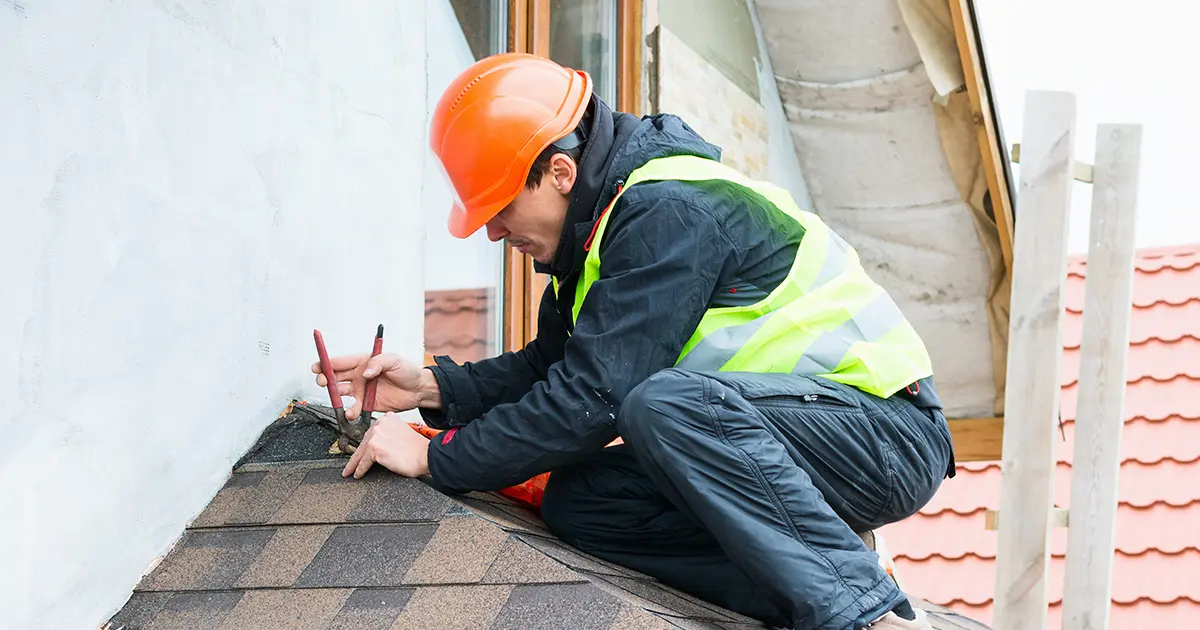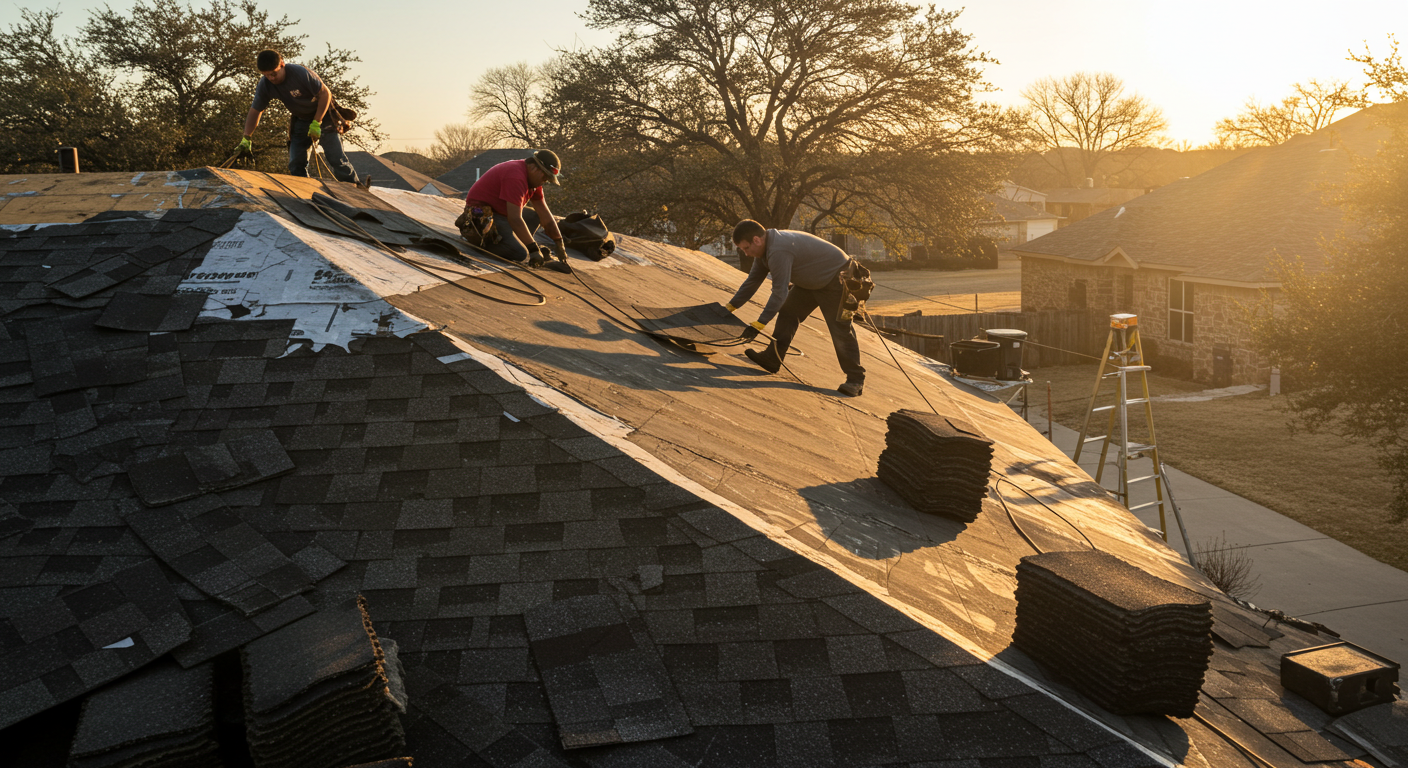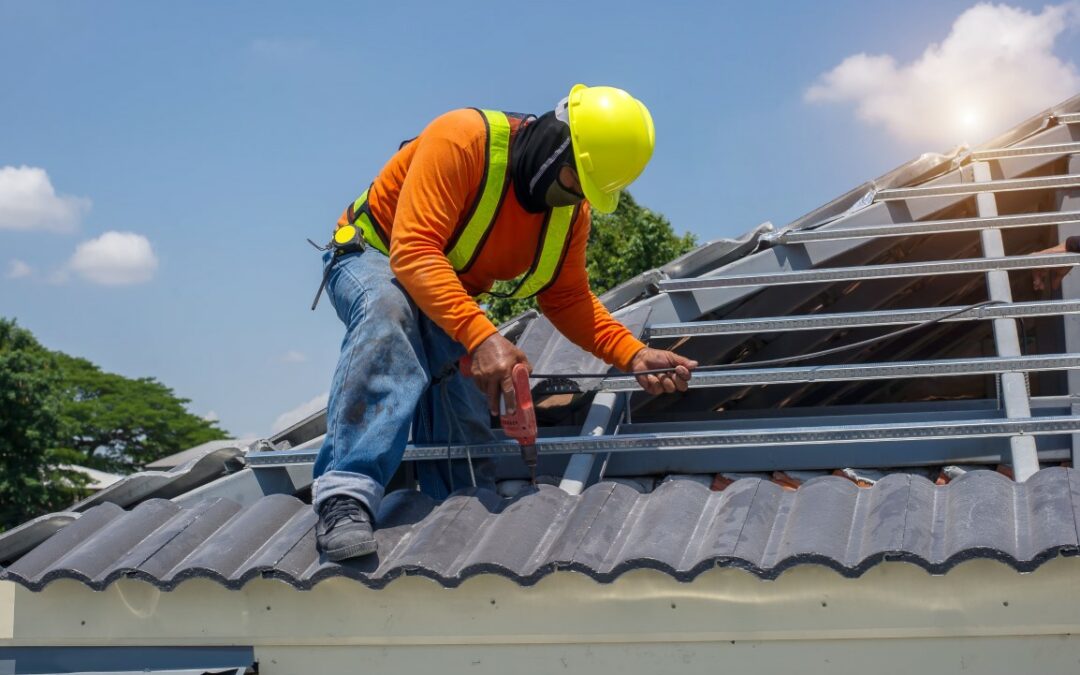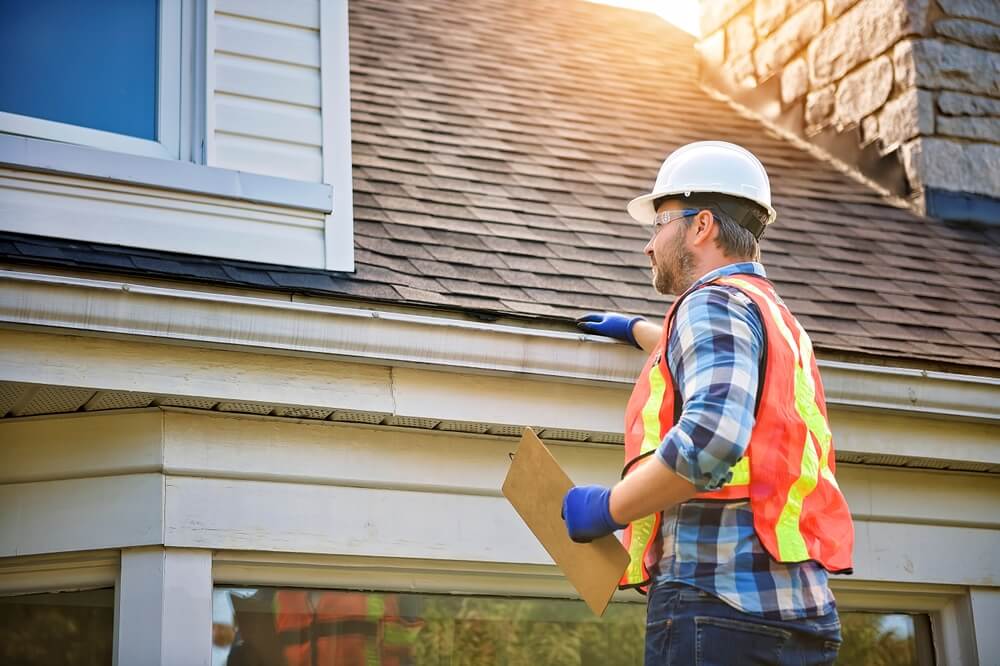Chimney Repair: A Step-by-Step Guide
The majority of homeowners do not consider their chimney… until the moment they cannot ignore it anymore.
But what most homeowners fail to realize is that it is often the chimney, that hard-working, exposed masonry structure that extends up out of the roofline, that is the cause of much greater problems. And when a chimney begins to leak or fall apart, the damage can spread very quickly.
Now, if you are wondering how to fix a chimney or what goes on there, is it? Well, you are in the right place. When done right, chimney repair can often prevent the need for bigger, more expensive structural work. But knowing what’s involved – and when to call in pros – makes all the difference.
In this guide, we will take you through what is involved in chimney repair step by step, so you can safeguard your home without any worries.
Why Chimneys Need Repair? - And What Causes the Damage?
It helps to first understand why chimneys tend to deteriorate faster than many other parts of a home:
- Constant exposure to weather: Your chimney is exposed 24/7/365, with no attic or siding to shield it.
- Water infiltration: Water seeps into porous masonry and freezes, causing cracks.
- Heat expansion: Fireplaces and furnaces heat the structure, then it cools rapidly, stressing materials.
- Structural shifting: Homes settle over time, which can affect chimney alignment.
- Aging materials: Mortar and bricks naturally wear down over decades.
Common problems that result:
- Crumbling mortar (needs tuckpointing)
- Loose or spalling bricks
- Cracked crowns (the concrete top of the chimney)
- Rusted or missing flashing
- Damaged or missing flue liners
- Tilted or leaning chimneys
What’s Involved in Chimney Repair? The Full Process
Chimney repair is never “one quick fix.” A thorough professional repair addresses the entire system, not just the obvious cosmetic issues.
Here’s what’s involved when you hire an expert team like Brian LeBlanc Roofing:
Full Chimney Inspection & Assessment
Every quality chimney repair starts with an inspection, because many problems aren’t visible from the ground.
A pro roofer or chimney specialist will check:
- Masonry condition (outside and inside)
- Mortar joints
- Chimney crown
- Flashing at the roof line
- Flue liner (with video scope if needed)
- Signs of water leaks in the attic or living space
- Overall structural integrity
This assessment drives the entire repair plan, preventing missed problems and “quick-fix” band-aids that don’t last.
Masonry Repairs: Tuckpointing & Brick Replacement
Tuckpointing is one of the most common chimney repairs.
Old, cracked mortar is carefully removed and replaced with fresh, color-matched mortar, sealing joints and restoring strength.
If bricks themselves are damaged (cracked, spalled, or loose), they are cut out and replaced to match the original style.
Why this matters: Strong masonry keeps water out and prevents further structural damage.
Crown Repair or Rebuild
The chimney crown (top concrete cap) protects the stack from rain, snow, and ice.
Repair may involve:
- Sealing minor cracks with a flexible, breathable crown sealant
- Rebuilding the crown entirely if it is cracked, sagging, or improperly pitched
Why this matters: A sound crown prevents thousands of dollars in future water damage.
Flashing Repair or Replacement
Flashing is the metal barrier where the chimney meets the roof. When it fails, water gets in, not just around the chimney, but into attic insulation, framing, and walls.
A full flashing repair includes:
- Removing old rusted or failing flashing
- Installing new step flashing and counter-flashing
- Integrating with shingles and underlayment
- Sealing with flexible, long-life waterproofing
- Trim, flashing, and finish work
Why this matters: Proper flashing is the #1 defense against costly leaks.
Flue Liner Repair or Replacement
If your chimney liner is cracked or missing, dangerous combustion gases may not vent safely.
Options include:
- Spot repairs (rare - only for minor cracks)
- Full stainless steel liner installation (longer life and code-compliant)
- Chimney relining for older flues
Why this matters: Flue liners protect your home from carbon monoxide and fires.
Waterproofing & Final Protection
The final step is to protect the restored chimney against future weather:
- Applying vapor-permeable water sealant
- Installing or replacing a chimney cap (keeps out rain, animals, and debris)
- Final inspection and client walkthrough
Why this matters: Sealing the work extends the life of your investment.
Repair vs. Rebuild - When Is It Time?
Not all chimneys can be “patched.” Sometimes, a full rebuild is the safest option:
- Large vertical cracks
- Severely leaning or shifting chimney
- Major water damage
- Chimneys that no longer meet safety codes
An experienced contractor will always recommend rebuilds only when necessary and provide clear guidance on costs, options, and timelines.
Why Professional Chimney Repair Matters?
Could you DIY some chimney repairs? Maybe, but most homeowners underestimate:
“How much structural work is required?”
“The danger of incomplete flu repairs”
“The critical role of flashing and crowns”
“The risks of water intrusion into roof framing”
When you hire Brian LeBlanc Roofing, you get:
- Proper diagnostic inspection
- Skilled masonry and roofing work, in one coordinated team
- The right materials for Maine’s climate
- A chimney that protects your entire home, not just looks good
Why Homeowners Across Maine Trust Brian LeBlanc Roofing
We’ve spent years helping local homeowners protect their biggest investment: their home.
Our chimney repair expertise means:
- We diagnose correctly, no surprises later
- We integrate chimney and roof repairs - no gaps or blame games
- We use materials built for Maine’s tough winters
- We stand behind every project, small or large
Why You Shouldn’t Wait Until There’s a Problem
A small chimney issue won’t stay small for long, especially in Maine weather.
If you’ve spotted a problem – or even if you’re just overdue for an inspection – don’t wait until leaks, drafts, or structural damage show up.
Schedule your chimney inspection today with Brian LeBlanc Roofing – and let’s make sure your chimney is ready to protect your home for years to come.
Because when it comes to home safety and value, a sound chimney is worth every penny.

